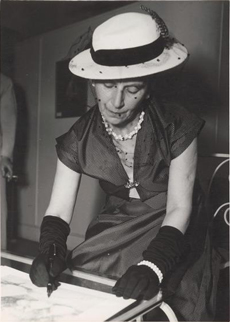 |
| Images if Geneva Courtesy Wikipedia |
One of my day jobs is sitting an arbitrator. An arbitrator is a bit like a judge in that he or she decides disputes after considering the evidence and the parties' arguments. Unlike a judge who is appointed by a state an arbitrator is chosen by the parties and his or her jurisdiction to decide the dispute arises from their agreement to refer their dispute to a trusted third party for adjudication. Arbitrations are particularly useful in resolving disputes between parties in different countries where neither party trusts the legal system of the other. I sit on an arbitration panel run by the World Intellectual Property Organization ("WIPO") which is the UN Agency for intellectual property. Every October the WIPO holds a conference for its panellists in Geneva which it encourages us to attend.
I was thinking of giving the conference a miss this year because the Sao Paulo State Symphony is performing at the Bridgewater Hall this evening, that is to say the 27 Oct. It is under the baton of Marin Alsop who was the first woman to conduct the last night of the proms. I was cursing all the more on the way here when one of the jobsworths at John Lennon International Airport forced me to discard about £40 worth of unopened bottles of toiletries because they were in a stiff plastic container that met the regulations and most other airports let through rather than one of the flimsy plastic bags that the airport flogs from vending machines at either 50p or a £1 a throw.
However, once I arrived at Geneva I was welcomed by warm sunshine (22C) and lovely clear air that revealed the mountains and hills that surround this beautiful city. I don't think I have ever seen the city look lovelier than it did at sunset with the sun radiating off the mountain peaks and the jet d'eau (a fountain that shoots water from Lake Geneva hundreds of feel into the air} shimmering in the last rays if the day. Crossing a bridge that divides the lake from the Rhone I spotted a flock of swans in exactly the numbers and formation of Petipa's choreography proceeding from stage left. Finally I treated myself to one of the best meals of my life at Cafe Papon.
Seeing the swans on the lake made me contemplate ballet. Sadly there was nothing doing tonight at the Grand Theatre but there seems to be lots happening at other times of the year. Right now the Theatre's ballet company is touring Asia with Romeo and Juliet and Giselle but they are returning to Switzerland with Spectre de la Rose. They seem to have some really interesting new works in their repertoire.
Another company I should like to see is the Basel Ballet. Just look at the power and precision of the dancers in Absolut Dansa in this video.
There are also companies in Zurich, Bern and St Gallen and Maurice Bejart's company is in Lausanne. Bejart is performing in Senegal in November. In view of the interest in ballet that is developing in Africa it would be nice to see a British company following them. Many of us tend to overlook Switzerland when we think of ballet and that is probably a mistake because there is a lot going on there.
PS, I have just added Bejart Ballet Lausanne and Geneva Grand Theatre Ballet to my blogroll.



